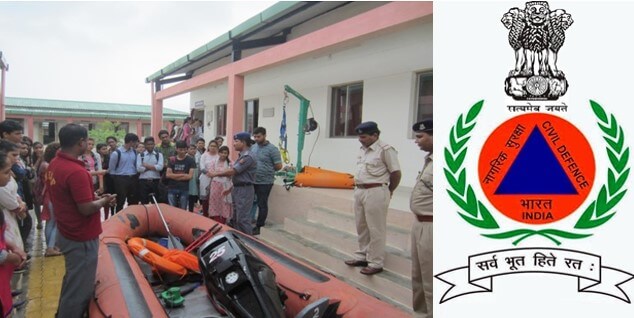
Civil Defence – Gateway of Total Protection
Fri, 09 Jul 2021 | Reading Time: 10 minutes

Gone are those days when wars used to be fought at the borders and between two armed forces. With the advent of air arm and weapons of mass destruction (WMDs), the gamut of activities undertaken by opposing forces changed over a period of time. The lethal amalgamation of air arm and its capability to carry and deliver WMDs has further exacerbated the state of affairs. Today, Hybrid Warfare has replaced the conventional approach to warfare. The retraction of border lines towards the civil population has resulted in civilians being exposed to unimaginable risks and hazards. The entire world had already witnessed its devastating effects during the World War II where approximately 50-55 millions civilians were killed and an 20-25 million people died due to war related diseases & famine during World War II. Similarly, in 1971 Indo-Pak war, half a million civilians were estimated to be affected. Although, since then, the nature of warfare, International laws/conventions governing modern warfare and geo-political scenario have undergone sea changes; however, the threat perception to civil population also has risen exponentially. Case in point is the recent Israel Palestine conflict in Gaza. Thus, with the shifted border lines and varying nature of modern warfare, community centric emergency planning and an organized community response by the means of civil defence is a need of the hour and cannot be negated.
Modern wars are going to be a litmus test of the passive defence of the countries and therefore are not limited to armed forces only; it is the cumulative responsibility of each and every citizen of the country to put concerted effort and collectively contribute towards ensuring sovereignty of the country. It is the primary task of armed forces to defend the country against external aggression (either from Land, Air and Sea) and to maintain the sovereignty of the nation. Accordingly, the role of active defence i.e to outmaneuver an adversary, to slow down or derail the attacker and strike back at the attackers is delegated to armed forces. Likewise, the role of passive defence i.e the preventive actions against the active strike to mitigate the effects, protection of civilian lives and property are entrusted to Civil Defence (CD) Organization. “Passive/Civil Defence measures are considered as the bedrock for the active defence measures, as it defines the ability of a nation to absorb the attack and quickly recover from it to strike back at enemy”. Therefore, implementation of civil defence measures is a continuous process and the preparation needs to be done during the peace time.
Civil Defence (CD) constitutes war efforts and the organization and its personnel are granted additional rights by international conventions to pursue their humanitarian tasks in the event of national emergencies. During the previous national emergencies, civil defence corps traditionally had played a crucial role in supplementing the humanitarian efforts, augmenting and implementing the passive defence measures around strategic Vulnerable Areas (VAs)/Vulnerable Points (VPs), guarding the hinterland, supporting the Armed forces and maintaining the morale of the nation. In the recent COVID-19 war like scenario, civil defence volunteers have emerged as true ‘Corona warriors’ and are voluntarily working at the grass root level in various roles and capacity to assist the local administration in implementing the measures to contain the COVID-19 pandemic. More than a lakh CD volunteers are estimated to be deployed in various activities including supplementing the efforts of health workers, management of vaccination centres, manning of isolation centres, containment zones, rapid response teams, manning of hunger lines, maintenance of essential supplies, packing& home distribution of ration and medicines, community awareness drives on social distancing and hygiene practices, setting up community kitchens and shelters for migrant workers and other stranded persons. The organized, dedicated and noble effort of civil defence in the fight against COVID-19 pandemic has been well recognized at the highest level in the country and gives a serious objective to ‘community based emergency management’ program of India.
Despite these noteworthy contributions, Government of India’s civil defence program has been confined to selected vital areas, plants and installations. The master plan of civil defence (MPCD) explicitly defines the level of preparedness to be achieved during the various stages i.e peace, precautionary and war stage, in the categorized districts which includes, raising, training and equipping of volunteers, operationalization and functional testing of CD control rooms, conduct of mock drills etc. The last risk assessment exercise carried out by Government of India (MHA & MoD in 2005), had identified approximately 250 vulnerable towns/districts, where civil defence measures needs implementation. Being a national program, Government of India also provides financial assistance to the state governments for the implementation of civil defence measures in the categorized CD towns/districts.
Notwithstanding the efforts by Government of India to prepare for emergencies, most of the CD districts are ill prepared and poorly equipped to handle war emergencies and the implementation of civil defence measures in these categorized CD towns/districts are minimal. The data of last five years of financial assistance to state governments reveals that on an average INR 8o million annually has been spent on the implementation of civil defence measures in the categorized towns/districts i.e INR 27000/- per month per categorized towns/districts, which is extremely insufficient and a paltry figure for such a critical task. Apart from this, non-availability of permanent nucleus staff, posting of sidelined and disgruntled leadership, inadequacies of local training infrastructures, poor training of volunteers, poor recognition, minimal involvement in peace time, non availability of instructors (part time / full time), lack of understanding, least priority by the state functionaries, are some of the factors which have hampered the implementation of CD measures. Irregular mock drills, non-activation of CD control rooms and a meager duty allowance of Rs 31 per day have further added to the woes thereby adding to risks in the national security of India.
As a matter of fact, India has not faced any national crisis due to external aggression since 1971 Indo-Pak war. Even during the 1999 Kargil war, national emergency was not instituted, which usually forms the trigger point for the activation of full-fledged civil defence measures. However, does it interpret that no emergency planning and preparation is required in India?? Are we fully prepared to tackle emergency situations and all our VAs/VPs and categorized CD towns/districts are adequately prepared to absorb and contain the enemy attacks? Do we have the mechanism to organize and augment the civil defence directly during national crisis if needed?? Can we quickly train and mobilize the civilians during war if required?? Do we have any other community based organization with a statutory mandate to provide required passive defence measures and who can protect the community during war?? The answer is a “blatant No”.
Albeit, some strategists may feel that there is no requirement to waste time and funds on the preparation of civil defence measures, but it must be understood in correct perspective that there is no alternative to peace time preparations and there cannot be a scope for complacency in the National Security domain. The war emergency strikes unannounced and the modern warfare will not allow the time to prepare, if caught unaware. The recent stand-off with China in Doklam and Ladakh, aggressive posturing of military, attempt of series of cyber attacks on vital installations etc are events to learn lessons from and kick start the civil defence preparation in the country. Usually, civil defence mock drills are considered as signs of war preparations; recent reports have revealed that People’s Liberation Army (PLA) of China has also conducted large scale civil defence drills in the Lhasa region against the air threats by Indian fighter aircrafts and are strengthening their passive defence set up incessantly. However, no such drills and preparations were ever seen by the Indian CD organisations for a long time. In the rapidly changing geo-political scenario, it is apparent that we are always in a state of proxy war and the modern warfare shall not provide a trigger point for the emergency preparations. As rightly quoted by Roman military expert Vegetius “the time to prepare for war is not when war is imminent but rather when times are peaceful”. Below are some of indicators listed which mandates that Indian Civil Defence program needs to come off the age and must be strengthened throughout the country to achieve much required ‘defence in depth’.
- Fragile Geopolitical Scenario. On 26thFebruary 2019, Indian Air Force Mirage 2000s took off on a historic mission and struck Jaish-e-Mohammed terrorist training camp at Balakot, Pakistan. The pinpointed Balakot air strike – India’s first such air raids into Pakistan since the 1971 War – has not only changed the dynamics in the region but has also announced the doctrinal shift and strategic outlook of the Indian Government. The preemptive airstrike on the ‘non-military’ targets by the Indian government and a counter air strike attempt by Pakistan have a lasting imprint on the geo-politics of this region. The relations between India, Pakistan and China are complex and multifaceted. China has been trying to create the asymmetry by supporting Pakistan and their ‘Jihadi’ terrorist groups, constructing ambitious China Pakistan Economic Corridor (CPEC), stepping up investments and huge infrastructure in the immediate neighborhood and forming ‘String of Pearls’ in the Indian Ocean Region. While, India is trying to counterbalance the emerging threats posed jointly by Pakistan and Chinese by making strategic alliances in the form of ‘Quad’ in the Indo-Pacific region. The collusion of intents of China and Pakistan, swiftly changing geopolitics and varying nature of modern warfare are serious concerns that pose threats to the national security of India. The Raksha Mantri Operational Directive, 2009 had already underlined that India must now focus and prepare for a two front war to maintain its sovereignty.
- Modernization of Armed Forces. India is one of the fastest growing economies and is asserting itself as a global player and emerging regional power. To achieve this feat and sustain thereon, India is required to focus on its Economic, Social, Political and Military pillars simultaneously. Although, India has the fourth most powerful military in the world; but, it is also facing a huge challenge of modernization and economic sustainability. As a result armed forces are moving towards the concept of technologically advanced ‘Leaner & Meaner Force’ and ‘Synergy of resources’ through Theatre Commands, which is a daunting task and cannot be done overnight. This transition phase i.e ‘neither here-nor there state’ is exposing gaps in which has bearing on the national security. At this critical juncture, we can’t afford to let our guards down.
- Enhanced Threat Perception. Apart from land border disputes, variety of threats like asymmetrical warfare, Missile attacks, Unmanned aerial vehicles / Drones, Chemical, Biological, Radiological and Nuclear threats (CBRN), Psychilogical war, terrorism, environmental disasters, radicalization, drug trafficking, cyber attacks,energy security and strained Internal security scenario have been added to the list. Proliferation of industries, atomic power plants, , hydro electric projects etc near important city centers and densely populated areas has further increased the risk to human lives. In these high risk scenarios, it is only the first response of individual and organized first response of the community, which has the potential to save maximum life, property and reduce mortality rate. Therefore, there is a requirement to prepare and empower the community against the unknown threats. It would not be an exaggeration to say that civil defence, being deeply embedded in the community, is best suited to prepare, train and organize the community.
- Legal Obligation to Protect Unarmed Civil Population (UCPs). In 1948, International Red Cross in Stockholm developed four conventions, which were approved in Geneva on August 12, 1949. The four Geneva Conventions of 1949 and its additional protocols of 1977 are considered as the nucleus of International Humanitarian Law (IHL). ‘Civil Defence’ is one of the determined projects of those who made International Humanitarian Law, to mitigate the loss, damage and suffering inflicted on civilians as a result of the dramatic development of the methods and means of warfare. India is one of the signatory of Geneva Convention and ratified the conventions on 9th of November 1950. To give effect at domestic level, the Geneva Conventions Act 6 of 1960 was passed by the Indian parliament, in accordance with Article 253 of the Indian Constitution read with entries 133 and 144 of the Union List as provided under seventh schedule. Further Civil Defence Act, 1968 was also enacted by the Indian Parliament and suitably amended in 2010. Thus, protection of unarmed civilians in the times of war and disaster is a moral as well as legal obligation to the Government of India.
- Financial Viability. Throughout the world, civil defence is a proven concept and the members of civil defence corps primarily serve in the honorary and voluntary capacity. The volunteer nature of the organization makes it economically sustainable in such a manner that nations can live with it on long term basis. Therefore, if planned and executed well, civil defence program can irrefutably add wings to the nation’s passive defence strategy without inserting huge financial implications to the government. Further, with the dual and akin responsibilities (passive defence and disaster management), it has the potential to ensure optimum return on investment (RoI) of the government funding.
Repeated Recommendations by High Powered Committees (HPCs). Repeatedly, it has been emphasized and strongly recommended by the various high powered committees (HPCs) to pay adequate attention and revamp the civil defence set up in the country. After the 1999 Kargil war, a Subramaniam committee was set up to look into the national security related issues. The Group of Ministers (GoM) constituted thereafter, to look into the issues of reforming the national security system, emphasized the need to strengthen the civil defence set up. Further, in 2005 committee under the Secretary, Border Management (BM) was set up, which also had recommended strengthening the civil defence set up throughout the country. The 2nd Administrative Reforms Commission and high powered KM Singh committee have also made similar recommendations.
Modern warfare is at the core of the complex emergencies and humanitarian support operations in the complex emergencies may face many challenges. Therefore in order to achieve the total protection of our countrymen from contemporary threats; training, empowering and preparing the communities in the peace time through institutionalized and legal framework of civil defence is the only way ahead. Although, the Armed Forces of our nation are capable, efficient and continuously upgrading themselves to meet the emerging threats, but it needs to be supported and supplemented with the cost-effective and practical solutions at all levels. Civil Defence is an economically sustainable program and has the potential to act a real force multiplier to the Government of India; however implementation of civil defence program needs astute planning, clear vision, synergy, strategy and continuous monitoring by Government. Any responsible government in the today’s world can ill afford to neglect its civil defence in the present geopolitical environment. Therefore, keeping the value to efforts ratio in mind, the Civil Defence program in India must be given adequate impetus by the national policy makers and be strengthened throughout the nation as it can really harmonize the efforts towards achieving Defence in Depth, Disaster Risk Reduction (DRR) and will be a big leap towards ‘Atmanirbhar Bharat’.
*************************************************************************************************************

Chanakya Forum is now on Telegram. Click here to join our channel (@ChanakyaForum) and stay updated with the latest headlines and articles.
Disclaimer
The opinions expressed in this article are the author’s own and do not reflect the views of Chanakya Forum. All information provided in this article including timeliness, completeness, accuracy, suitability or validity of information referenced therein, is the sole responsibility of the author. www.chanakyaforum.com does not assume any responsibility for the same.
Chanakya Forum is now on . Click here to join our channel (@ChanakyaForum) and stay updated with the latest headlines and articles.
Important
We work round the clock to bring you the finest articles and updates from around the world. There is a team that works tirelessly to ensure that you have a seamless reading experience. But all this costs money. Please support us so that we keep doing what we do best. Happy Reading
Support Us






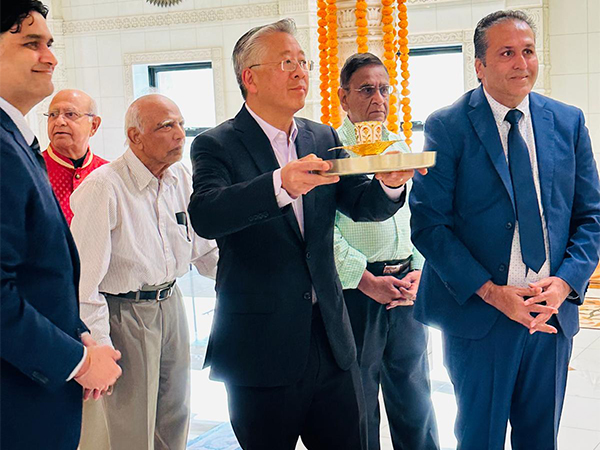
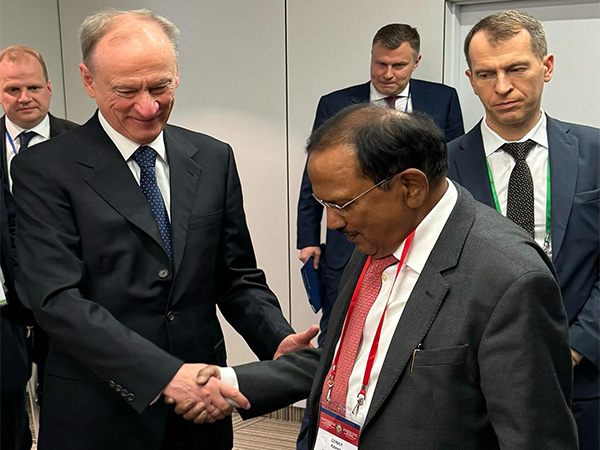
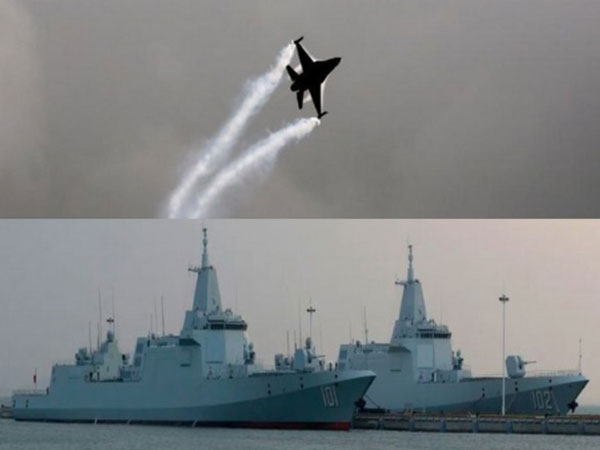



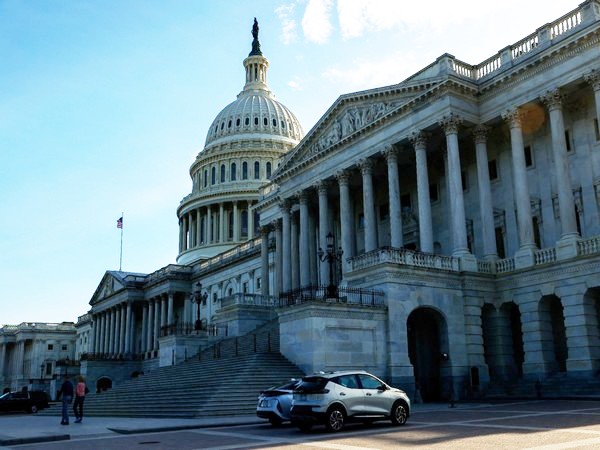







POST COMMENTS (8)
Monica Jangra
Suneel K Negi
Manish Sinha
Suman Singh
Rahul Sudan
Amar Singh Rathore
Shashank
avyay